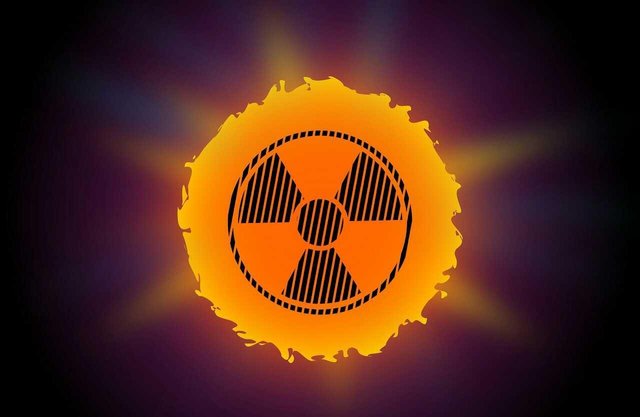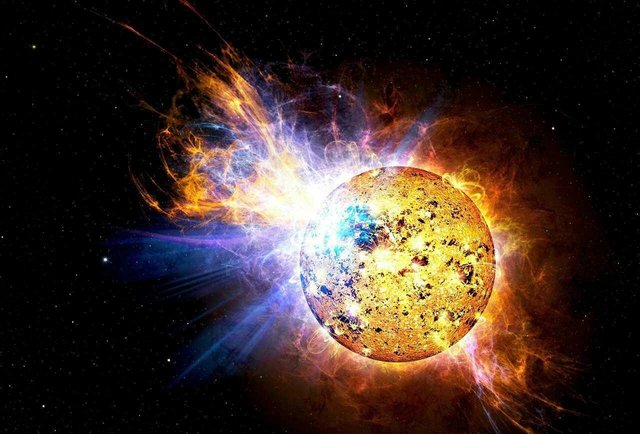Nuclear Science (Part:2)
INTRODUCTION
Nuclear Science is the study of the world of atoms, the term "nuclear" meaning ‘of or relating to or constituting the nucleus of an atom’. The field of particle physics evolved out of nuclear physics. Nuclear science studies how energy is released by the nuclei of atoms when they undergo certain changes, and nuclear technology is concerned with the applications of the findings to various fields— such as agriculture, industry, medicine, etc.
➡RADIATION:
Radiation exists naturally everywhere: it is the emission of energy as electromagnetic waves or as moving subatomic particles. The wide range of energies that form the electromagnetic spectrum characterises radiation. Beyond the violet and red ends of the visible spectrum, radiation is invisible to the human eye. The radiation beyond the violet end has marked photochemical action, and this radiation is called Ultraviolet. Beyond the red end of the infrared radiation that transmits energy, manifested in the ability to raise the temperature of a thermometer. Over time the spectrum was revised to include microwaves and radio waves beyond the infrared, and X-rays and gamma rays beyond the ultraviolet.

source
There are two major divisions in the spectrum : non-ionising radiation and ionising radiation.Non-ionising radiation is radiation with enough energy to move around atoms in a molecule or cause them vibrate, but not enough to remove electrons. Examples of such radiations are the infrared radiation rhat is used to keep food warm, microwave radiation that is used to cook, and radio and telecommunication waves that are used to broadcasts and phone/cell phone communication.
Ionising Radiation is radiation with enough energy to remove highly bound electrons from atoms, thus creating ions. When people refer to 'radiation', it is this type they mean. Its properties are put to use in the generation of electricity and in destroying cancer cells, besides many manufacturing processes.
Types of Ionising Radiation:
There are three main kinds of ionizing radiation: alpha particle, which were first identified by Bacquerel;
Beta rays; identified by Earnest Rutherford of New Zealand;
and gamma rays; identified by Marie and Pierre Curie of France.

source
1: Aplha particles have a positive electrical charge. They consist of two protons and two neutrons, and are identified with the nuclei of helium atom. Alpha particles are emitted with high energies, but lose energy rapidly when passing through matter. These are stopped by a thick sheet of paper; in air they have a range of a few centimeters, being eventually brought to rest by collisions with air molecules. They cause intense ionisation in a gas (by attaracting electrons out of their molecules) and are deflected by electric and very strong magnetic fields. All alpha-particles emitted by a particular radioactive substance have the same speed (16,000 km per second). Americium emits alpha particles only. Alpha radiation occurs in ²³⁸U, isotope of Uranium. After losing an alpha particle, the nucleus has 90 protons and 144 neutrons. The atom with atomic number 90 is no longer Uranium, but Thorium. The isotope formed is ²³⁴₉₀Th.


So much left for us to learn, ie. anti-matter or dark matter radiation.
hello @donald.porter,
i am not leaving that,i know how much should i post.
I will post these two in next blog.
Anyways thanku for reading.